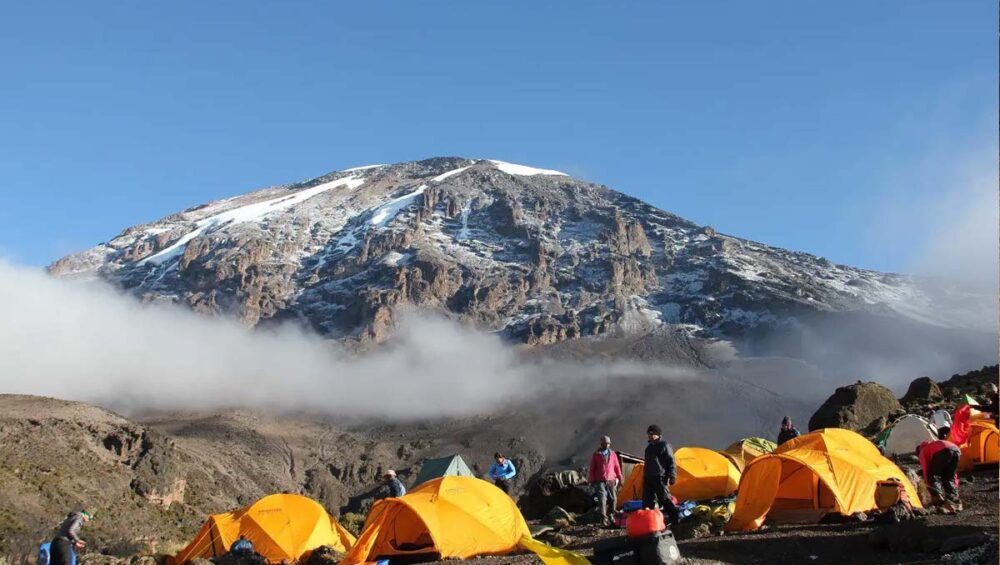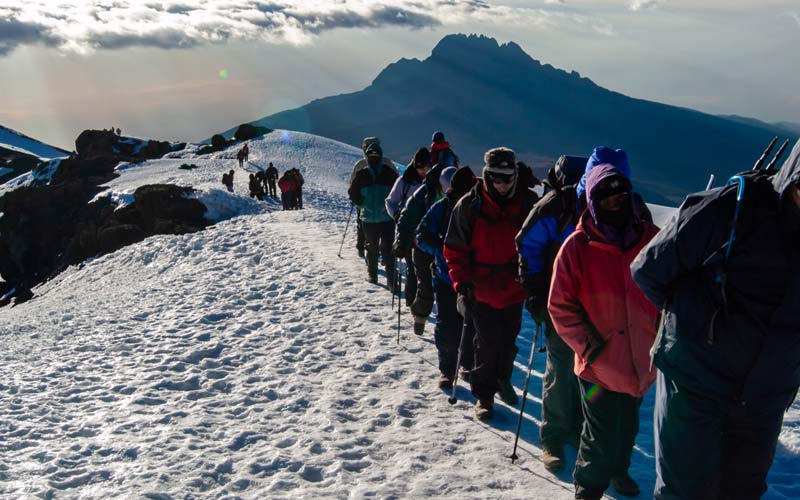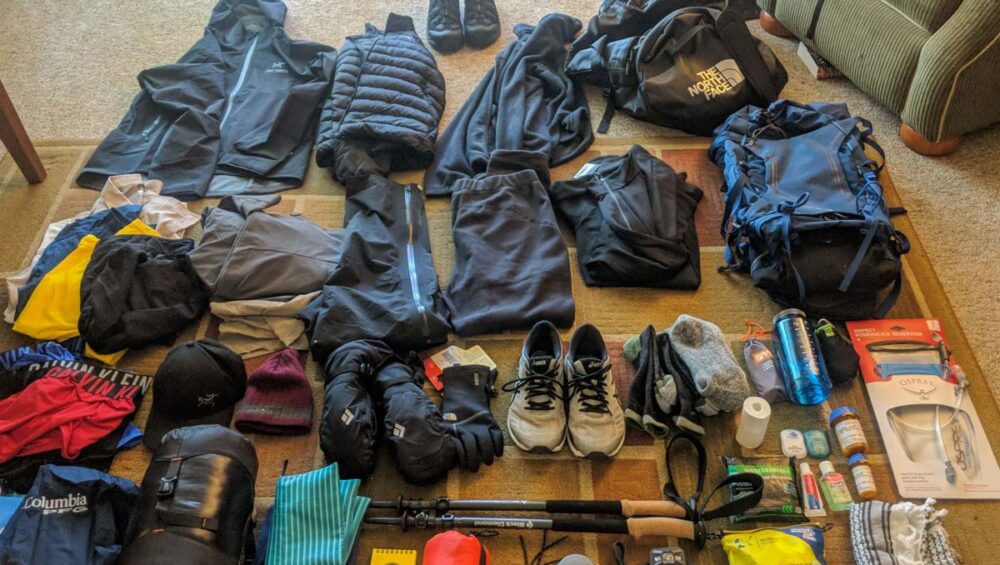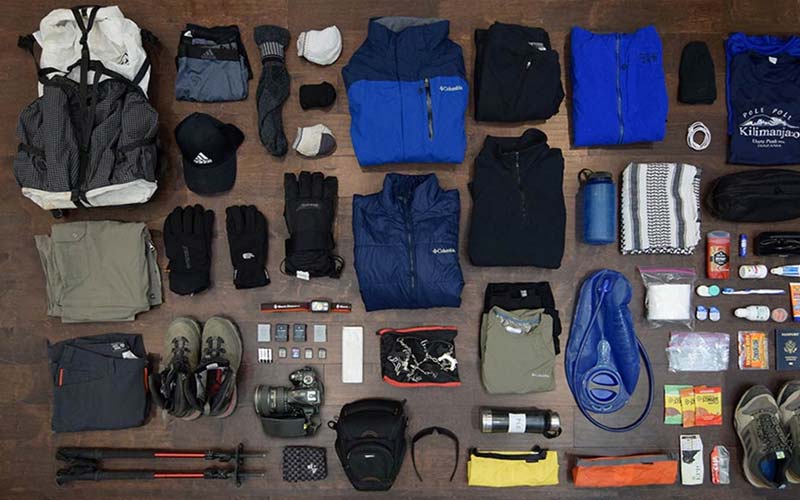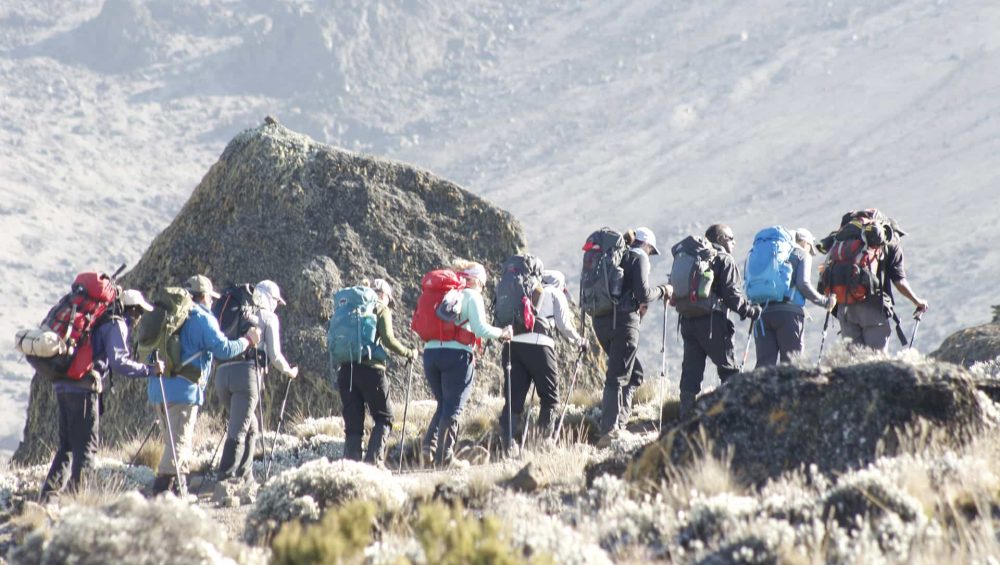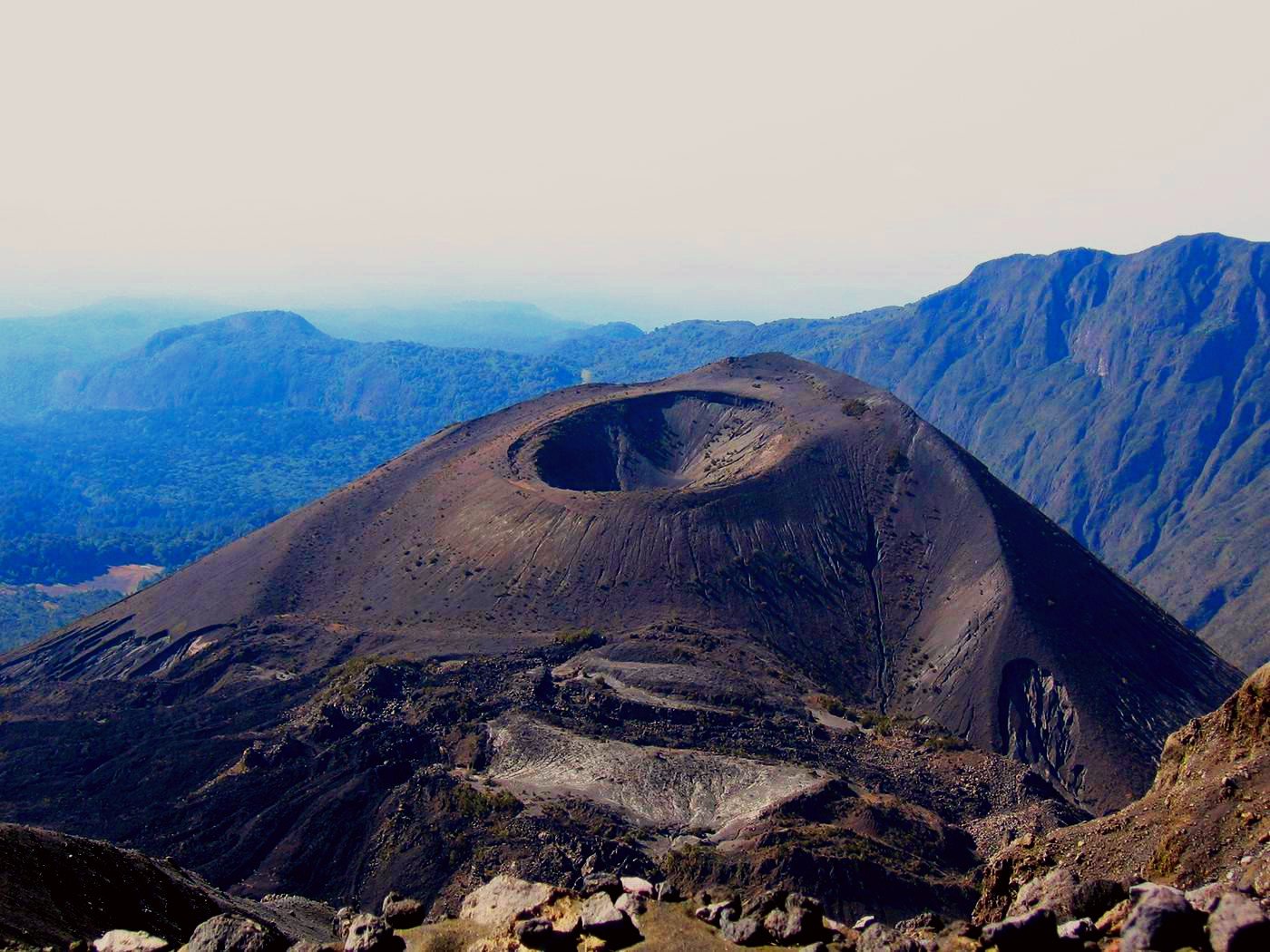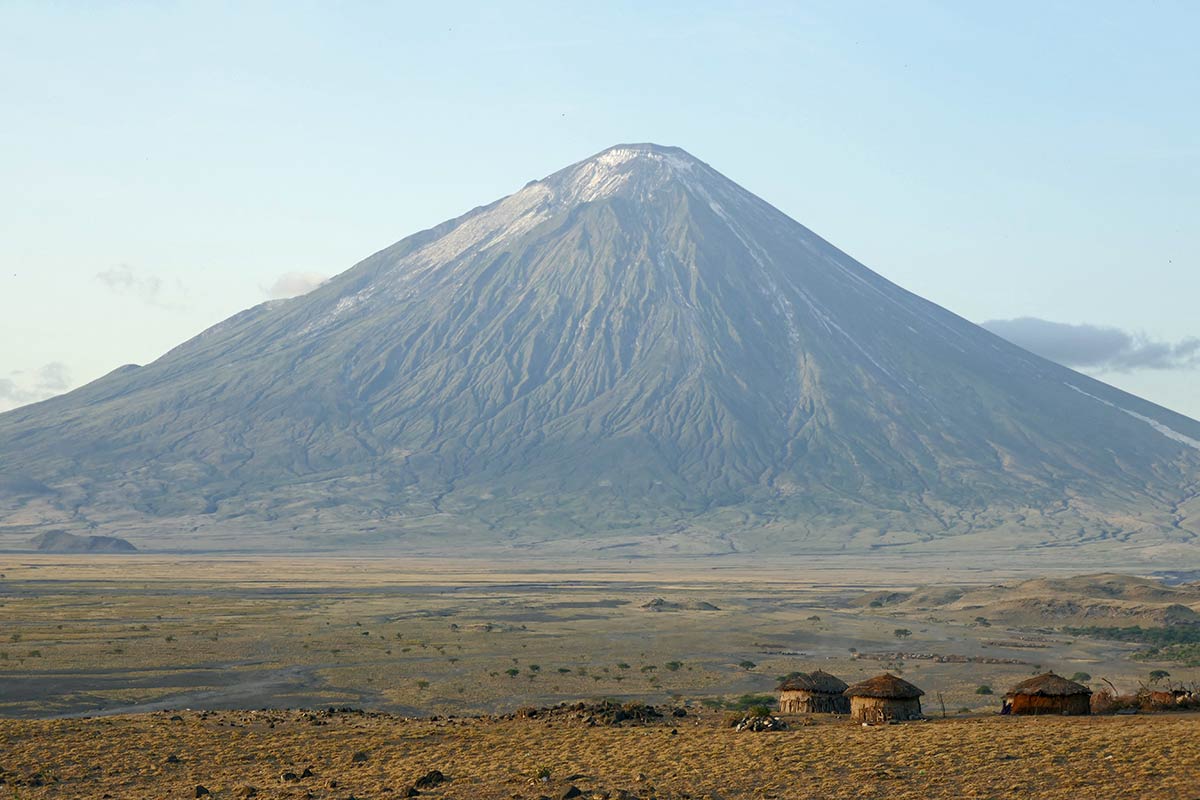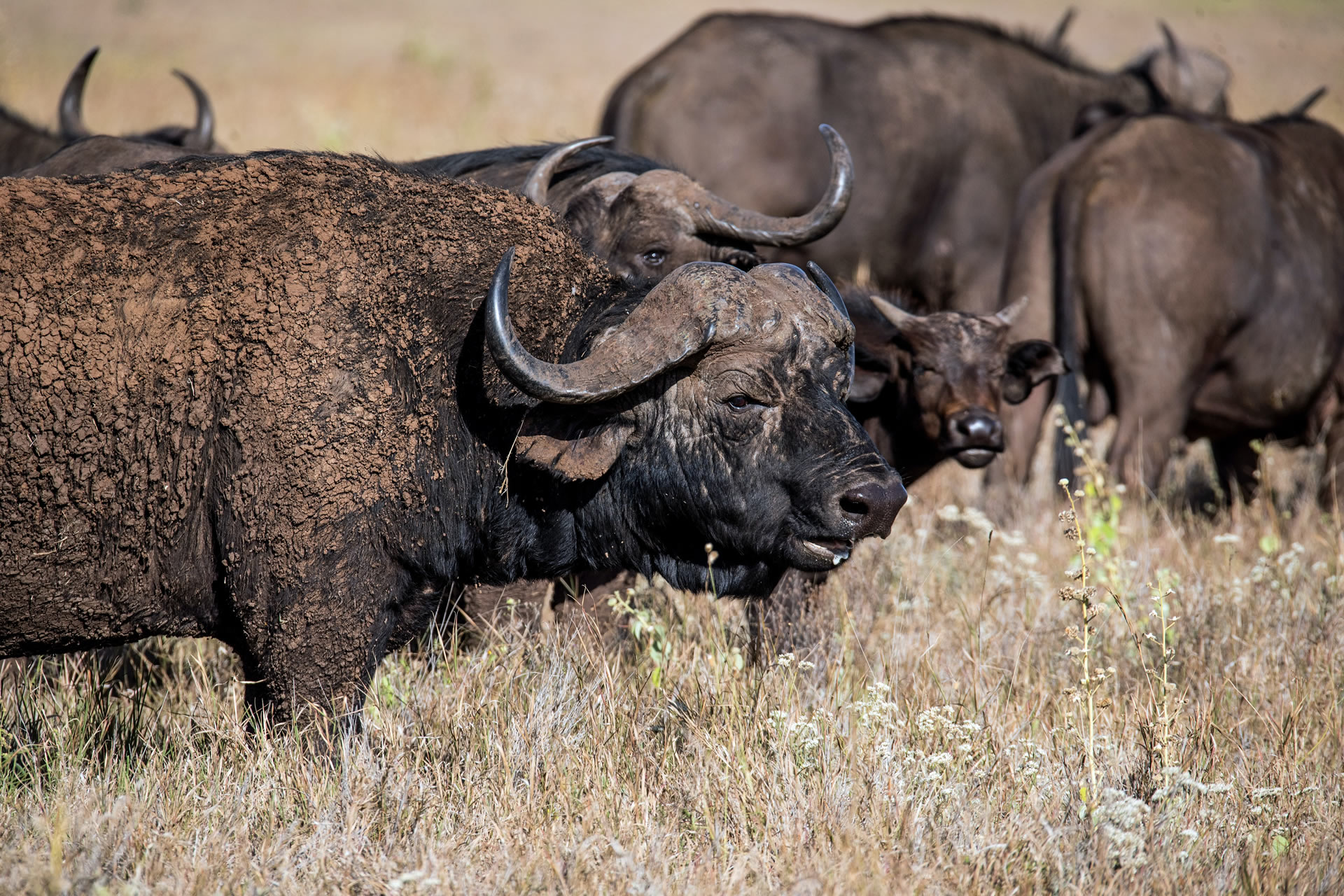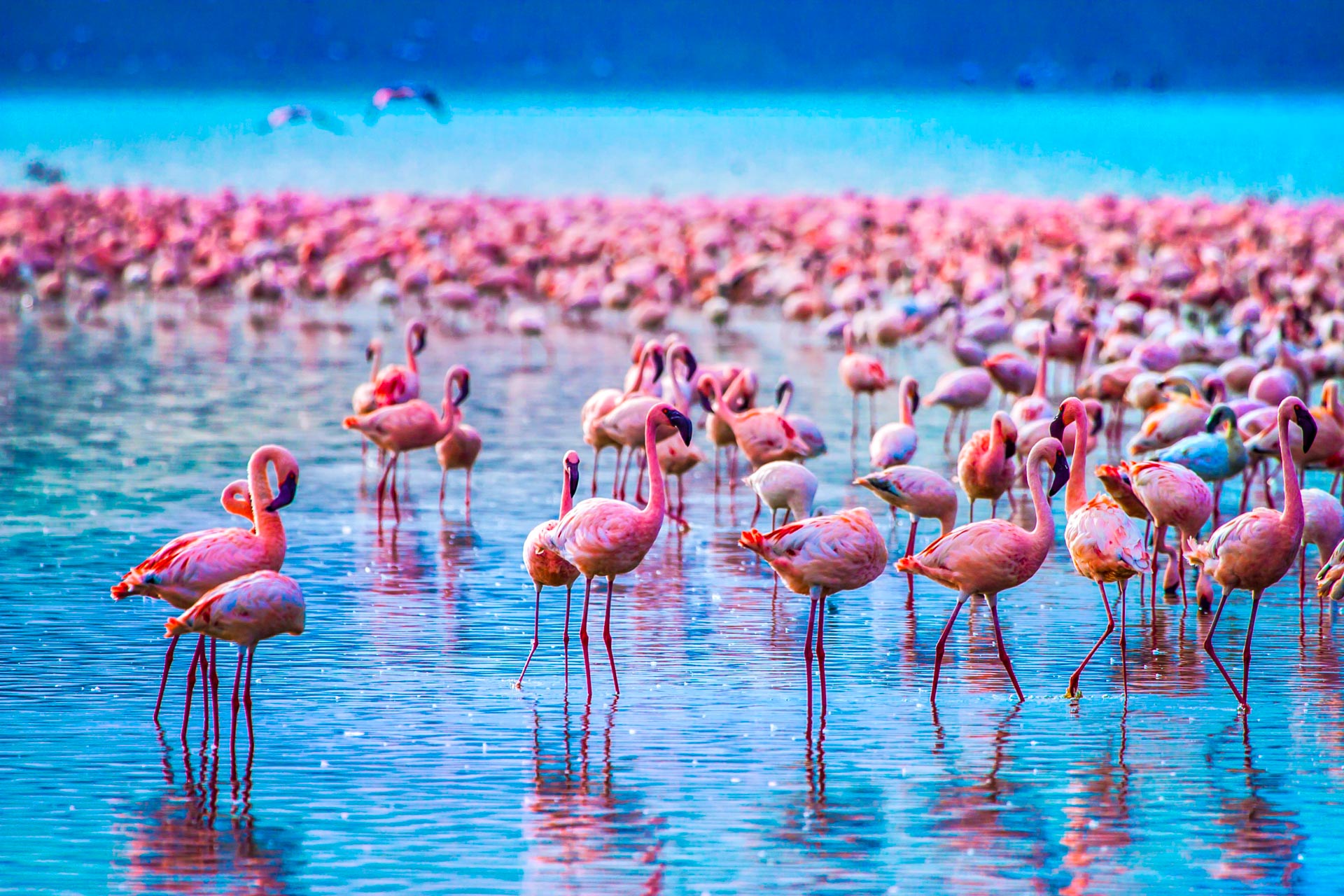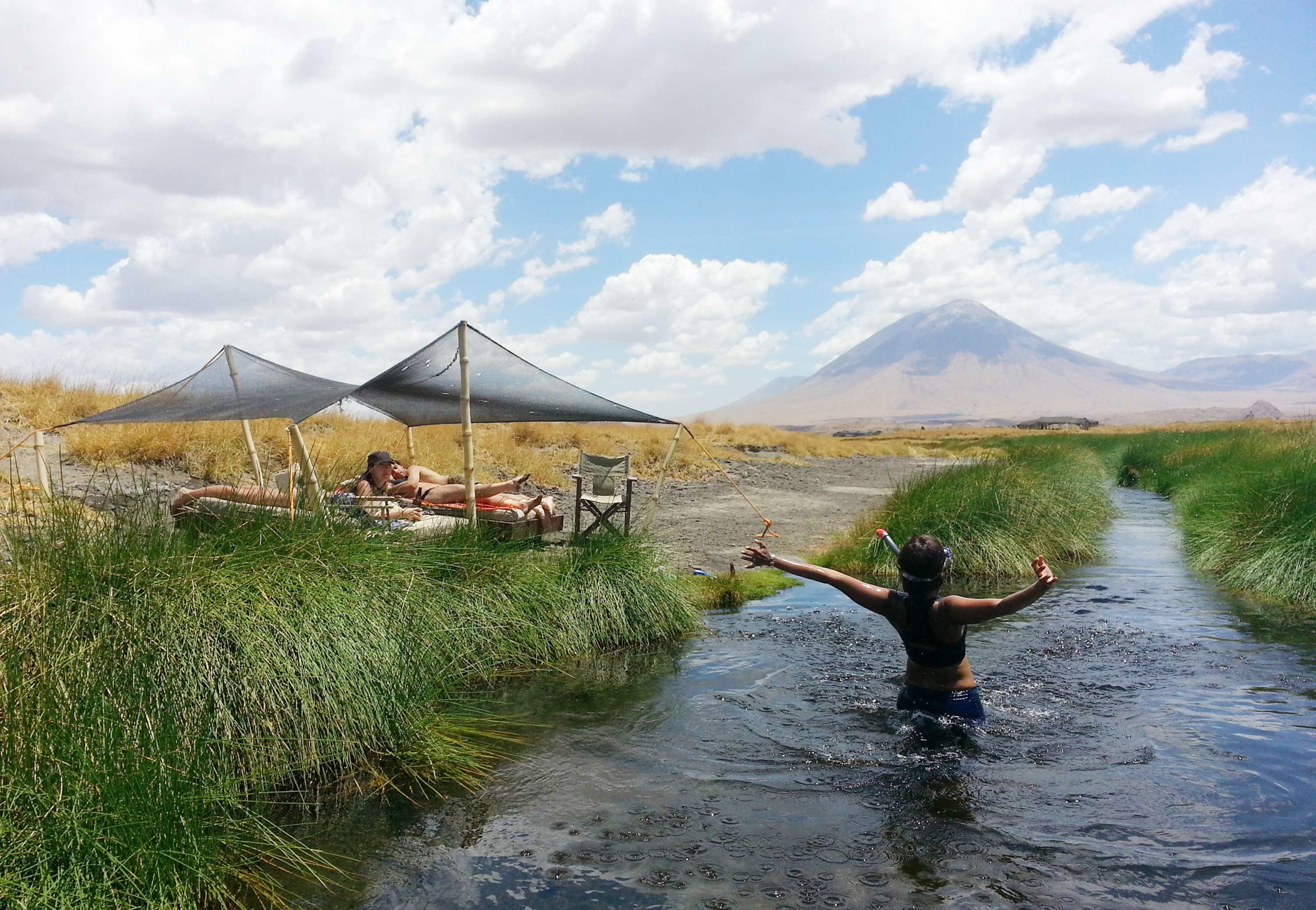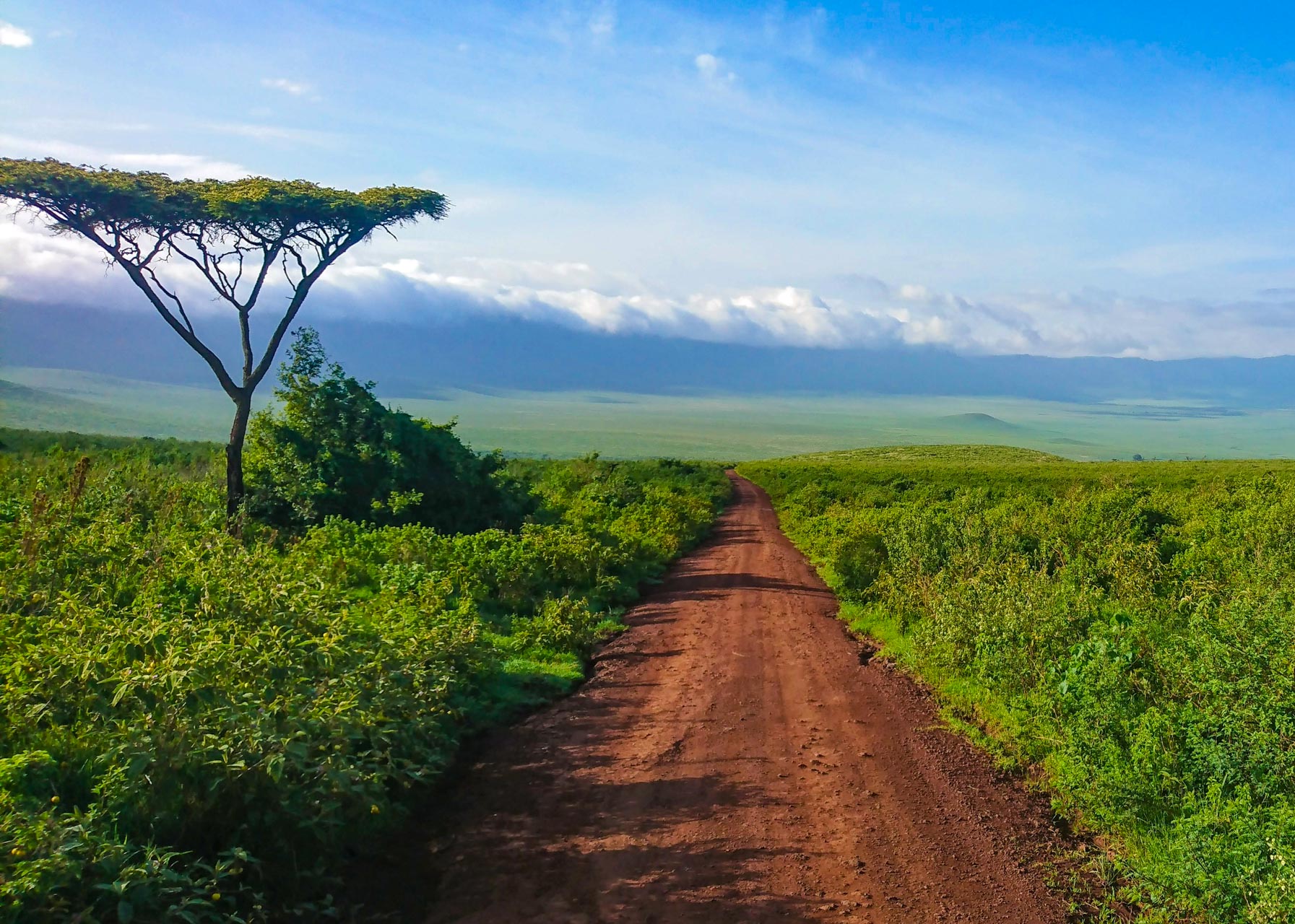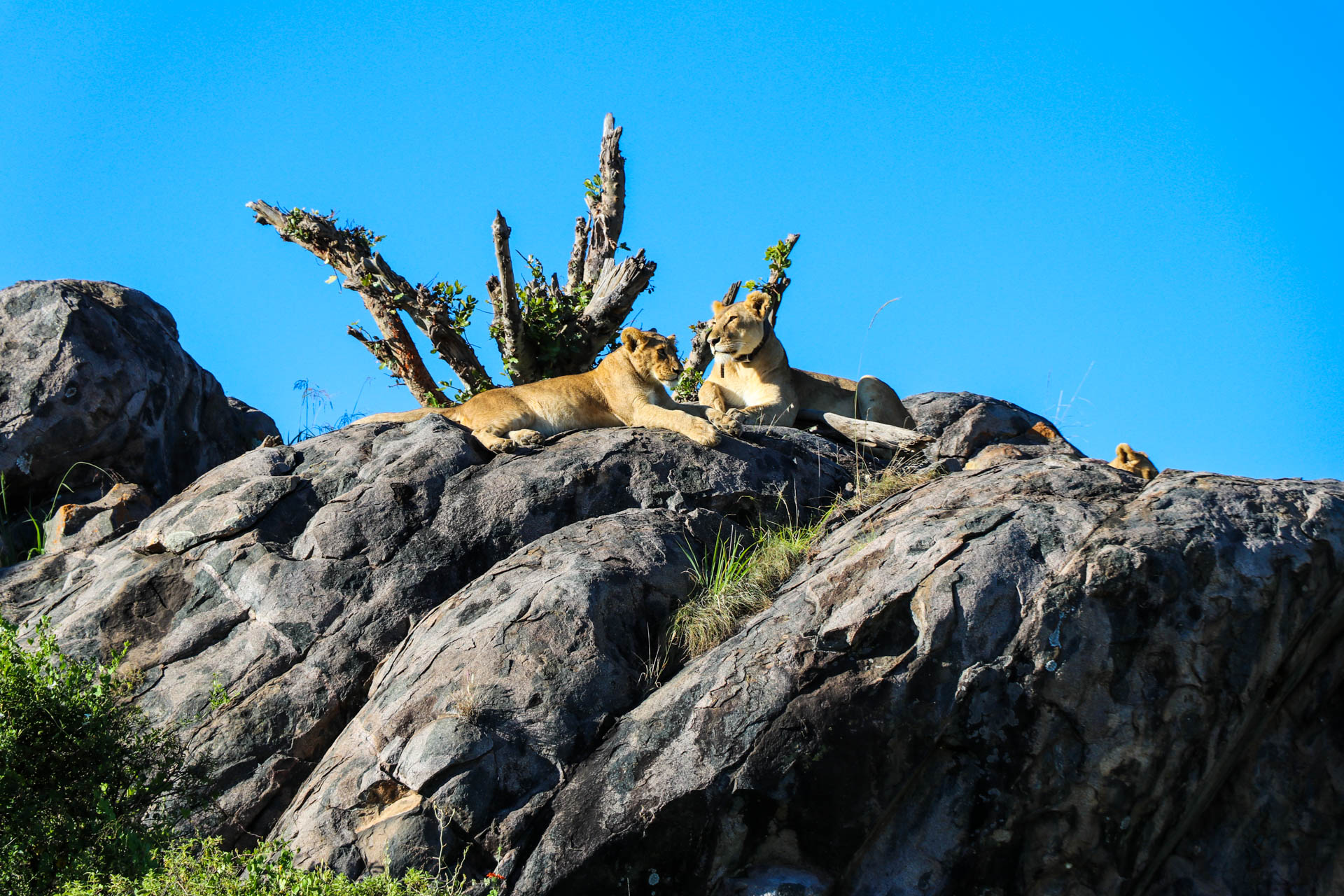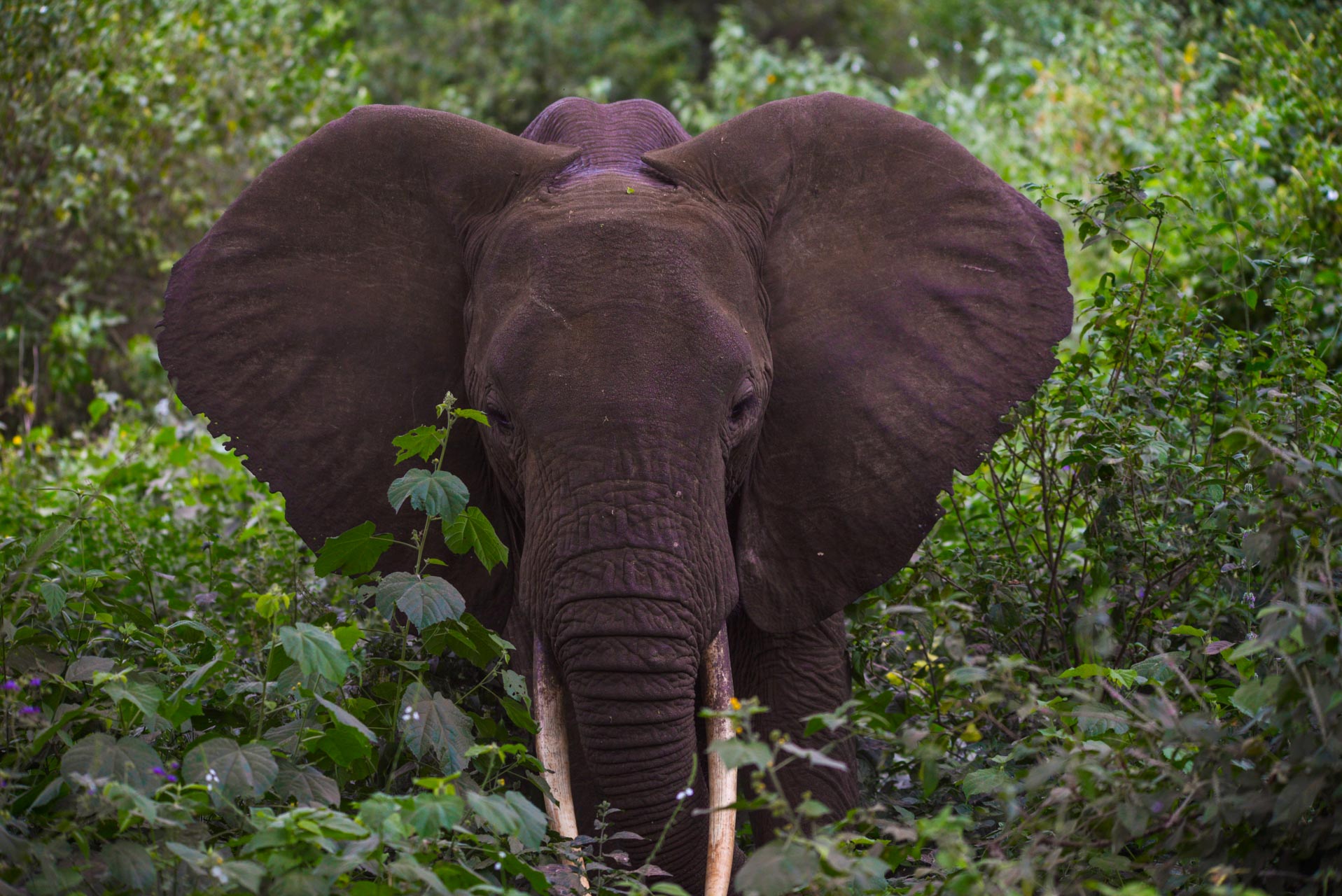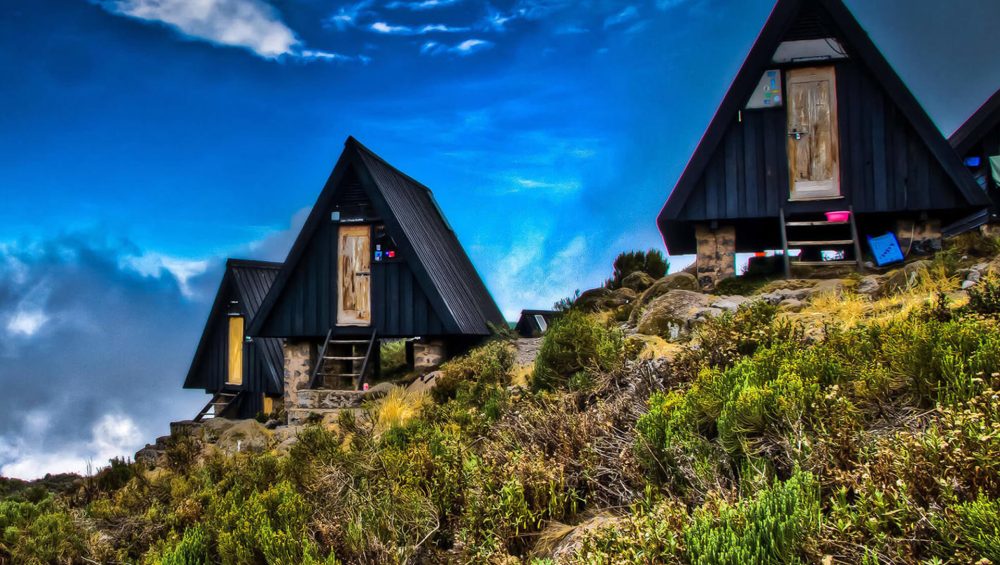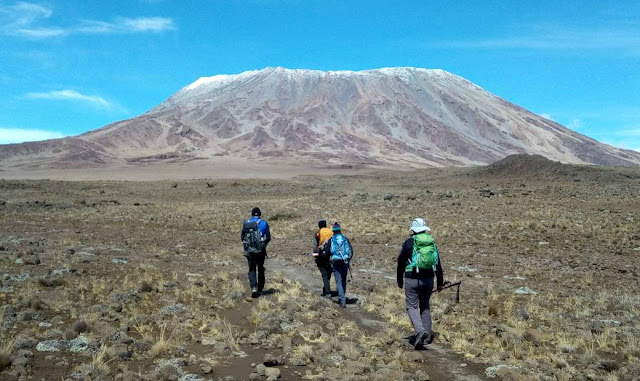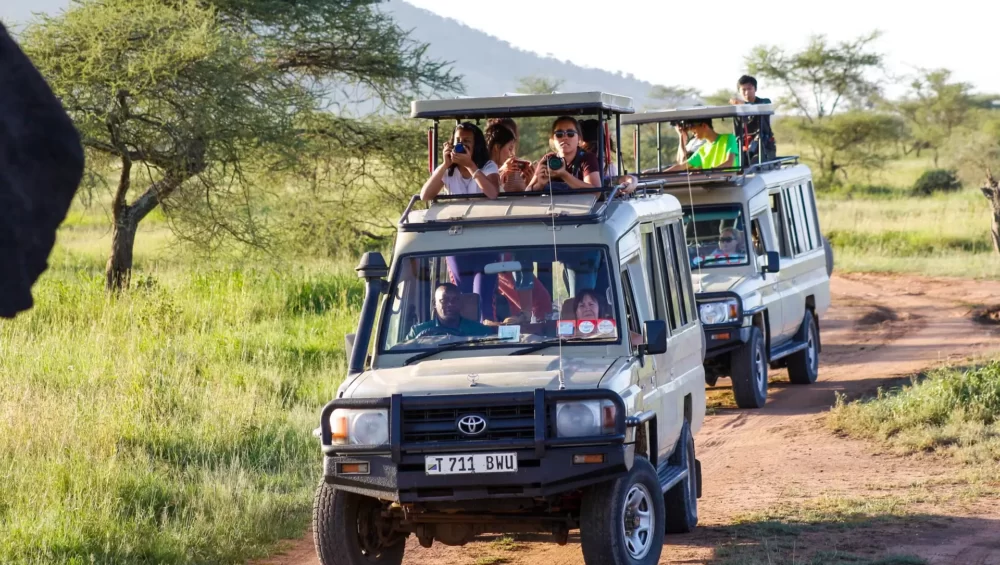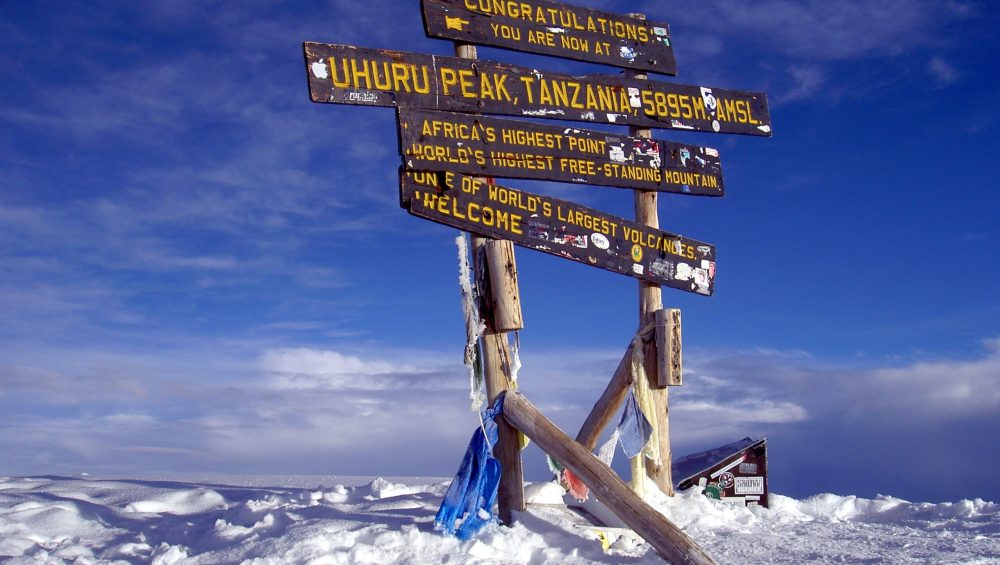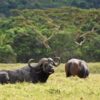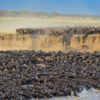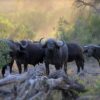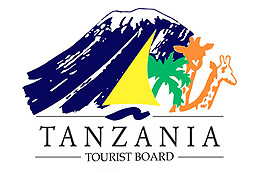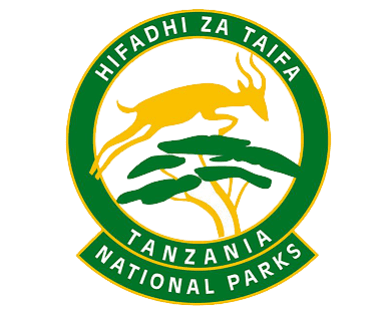Accommodation On A Basic Safari
Essential Tips for Accommodation on a Basic Safari Experience
Embarking on a safari adventure doesn’t need to strain your finances. Our budget-friendly safari tours provide unforgettable experiences without the hefty price tag. Gone are the days when travel meant indulging in plush hotels and lavish comforts. Nowadays, it’s all about embracing adventure, forging connections, and immersing yourself in the untamed beauty of the world.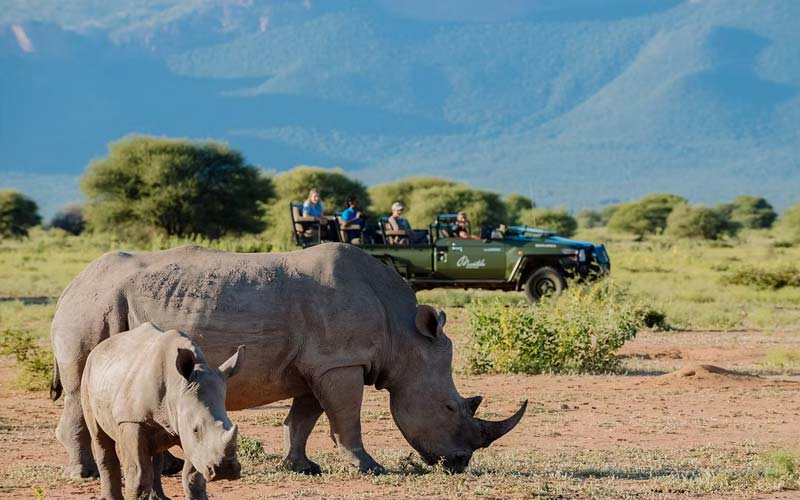
What makes safari great?
While we all cherish life’s luxuries, let’s admit it: a safari isn’t about high-speed Internet or lounging by the pool. It’s about the untamed wilderness, the vibrant wildlife, and those mesmerizing landscapes painted with giraffe silhouettes and the flick of a warthog’s tail. Picture yourself amidst the heart-pounding excitement of the Serengeti, Ngorongoro Crater, and Tarangire, where millions of wildebeest race past predators in a bid for survival. Imagine the awe as Kori bustards gracefully glide through the sky, their wings spanning among ancient baobab trees. Safari isn’t merely about observing nature; it’s about becoming part of it, immersing yourself in timeless landscapes and cultures, indulging in local delicacies like steamed ugali and banana beer, and forming profound connections with the world around you.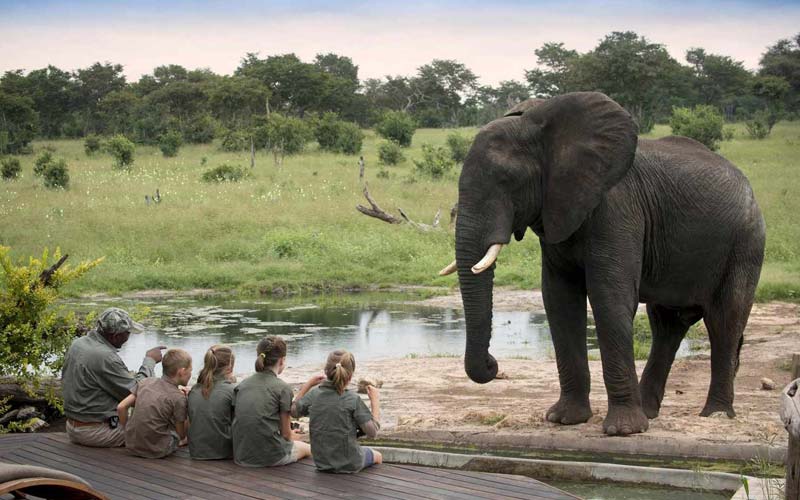
Unveiling the Essence of Basic Accommodation
Discovering the Surprising Comforts of ‘Basic’ Accommodation” Choosing the Basic option doesn’t mean compromising on the awe-inspiring landscapes or thrilling safari adventures found in our Comfort and Comfort Plus packages. Prepare for unforgettable lion sightings, captivating Serengeti sunsets, and lively hippo-filled rivers throughout your journey. In the Basic package, camping is the main feature. Imagine spacious tents where you can stand, move freely, and even practice yoga. And the best part? You won’t have to lift a finger to set up camp. After exhilarating game drives, return to find your tent, sleeping arrangements, and dining area meticulously prepared at the public campsite. Believe me, it’s far from “Basic.”Essential Packing List: 5 Must-Have Items for Your Basic Tour
Essential Gear for Your Basic Safari Adventure: 1. Headlamp: Don’t let the darkness slow you down. A reliable headlamp offers hands-free convenience for navigating your tent or finding your way to the bathroom at night. With its compact design and long-lasting battery life, it’s a must-have tool for any camping excursion. 2. Camping Towel: When you’re out in the wild, a quick-dry camping towel becomes your best friend. Whether you’re freshening up with a quick shower or wiping off sweat after an exhilarating game drive, this lightweight and absorbent towel is indispensable. Plus, its fast-drying properties make it ideal for packing and using on the go. 3. Toiletries: In remote areas like Tanzania, finding your favorite shampoo or hand sanitizer can be a challenge. That’s why it’s essential to pack your toiletries. From shampoo and soap to toothpaste and sunscreen, make sure you have everything you need to stay clean and comfortable throughout your safari adventure. 4. Cozy Sandals: After a day of trekking through the bush in sturdy boots, slipping into a pair of cozy sandals is pure bliss. Whether you prefer classic flip-flops or supportive Crocs, having a comfortable footwear option for downtime at the campsite is a game-changer. Treat your feet and give them the rest they deserve after a day of exploration. 5. Travel Pillow: Restful sleep is key to enjoying your safari experience to the fullest. That’s why investing in a quality travel pillow is a smart move. Look for ultralight and packable options that provide the perfect balance of comfort and portability. Whether you’re camping under the stars or catching some Z’s on a long flight, a supportive travel pillow ensures you wake up refreshed and ready for your next adventure. By packing these five essential items, you’ll be well-equipped to make the most of your basic safari tour, ensuring comfort, convenience, and unforgettable experiences every step of the way.Understanding Basic Safari Accommodation
Unlocking the Diversity of Safari Accommodations: When setting out on a safari adventure, understanding the range of accommodation options available is paramount. Basic safari accommodations typically consist of tented camps or mobile tented setups, strategically positioned within national parks or near wildlife reserves. In contrast to their luxurious counterparts, which boast amenities like swimming pools and en-suite bathrooms, basic accommodations prioritize offering a cozy refuge amidst the untamed wilderness. These camps provide a rustic yet immersive safari experience, fostering a deep connection with the African landscape. Mobile tented camps, in particular, are strategically erected to enhance wildlife encounters, promising an authentic safari immersion. While they may lack certain luxuries, basic safari accommodations compensate with unrivaled proximity to nature and wildlife, appealing to intrepid travelers in search of an unfiltered African safari encounter.Accommodation Options
When it comes to accommodation choices for a safari adventure, travelers are spoiled for options catering to their preferences and budgets. From opulent luxury lodges to immersive tented camps and back-to-nature camping experiences, there’s something for everyone. Luxury lodges redefine wilderness living, offering indulgent amenities such as private bathrooms, swimming pools, and gourmet dining options. These havens of comfort provide a lavish retreat amidst the rugged beauty of the safari landscape. Tented camps strike a perfect balance between adventure and luxury, blending the excitement of camping with the convenience of permanent structures. Guests can unwind in spacious tents furnished with cozy beds and ensuite facilities, enjoying the best of both worlds. For those seeking a more authentic and budget-friendly experience, basic camping options beckon. Here, guests stay in traditional tents and share communal facilities like restrooms and dining areas, immersing themselves fully in the raw beauty of the wilderness. Each accommodation type offers a distinct safari experience, allowing travelers to tailor their stay according to their desired level of comfort and adventure. Whether it’s the lap of luxury, the charm of tented camps, or the simplicity of camping under the stars, there’s no shortage of ways to experience the magic of the African safari.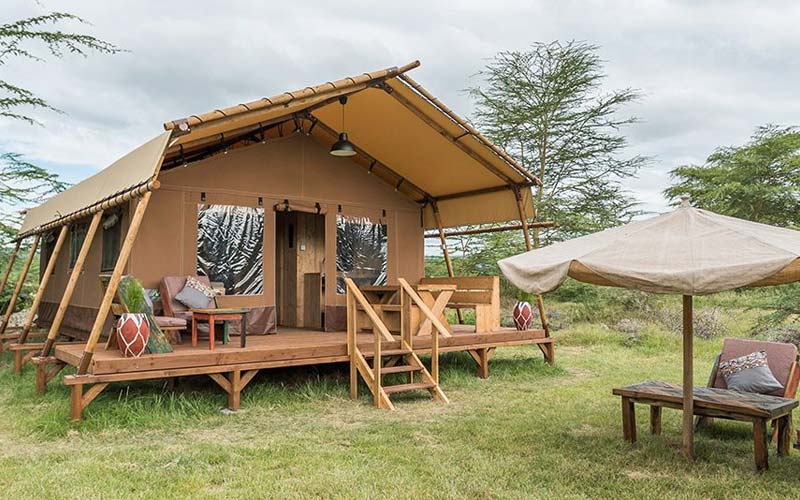
Exploring Safari Accommodations: Facilities and Amenities
“Immersive Safari Living: Facilities and Amenities in Mobile Tented Camps” Within the heart of prime wildlife zones in national parks, mobile tented camps are carefully positioned to seamlessly blend with the African landscape. These camps offer an authentic safari experience, immersing guests entirely in the awe-inspiring natural scenery. While the accommodations may lean towards simplicity compared to traditional lodges, mobile tented camps provide all the essentials for a comfortable stay. Expect spacious tents outfitted with cozy beds, private bathrooms featuring bucket showers, and eco-friendly toilet facilities. Communal areas, such as dining tents or outdoor seating spaces, provide havens to unwind and savor meals prepared by camp staff, all while surrounded by breathtaking vistas. Despite their rustic charm, mobile tented camps ensure guests have everything they need for an unforgettable African safari adventure.Booking Considerations
When planning your safari accommodations, it’s crucial to consider several factors to ensure an unforgettable experience. Begin by researching the location of the accommodations within the national park or wildlife reserve to optimize your wildlife viewing opportunities. Next, carefully assess the type of accommodation that aligns with your preferences and budget, whether it’s a luxurious tented camp, safari lodge, or mobile tented camp. Take into account amenities like private bathrooms, swimming pools, and dining options to ensure they cater to your needs. Booking is advisable, especially during peak seasons, to secure your preferred dates and accommodations. Additionally, inquire about any special packages or safari experiences offered by the accommodations to enhance your adventure, such as guided game drives or bush walks. Considering these factors will help you make informed decisions when booking accommodations for your African safari. Here are five essential items to pack for an introductory tour:- Headlamp: Perfect for hands-free navigation around your tent at night.
- Camping Towel: Opt for a quick-dry towel for showering and face-washing; it’s indispensable.
- Toiletries: Pack essentials like shampoo, soap, and hand sanitizer, as they may be challenging to find in Tanzania.
- Cozy Sandals: Give your feet a break from boots with a comfortable pair of sandals or Crocs.
- Travel Pillow: Ensure a good night’s rest by investing in an ultralight, packable pillow for camping and long flights.
In Conclusion: Opting for a Basic Safari Experience
Choose a Basic tour, and awaken to the breathtaking vista of a Ngorongoro sunrise right from the comfort of your tent. You may catch sight of zebras grazing nearby or hear the distant roar of a lion at night (rest assured, our campsites are securely managed!). From the snug embrace of your tent, gaze up at the star-studded sky after an evening spent around the Serengeti campfire. These are the moments that etch themselves into memory during a Basic tour. These experiences enliven your senses, and we hold each one dear. Even on an introductory tour, you’ll relish the top-notch amenities including a private safari vehicle, an expert driver and guide, personal chefs, and premium camping gear.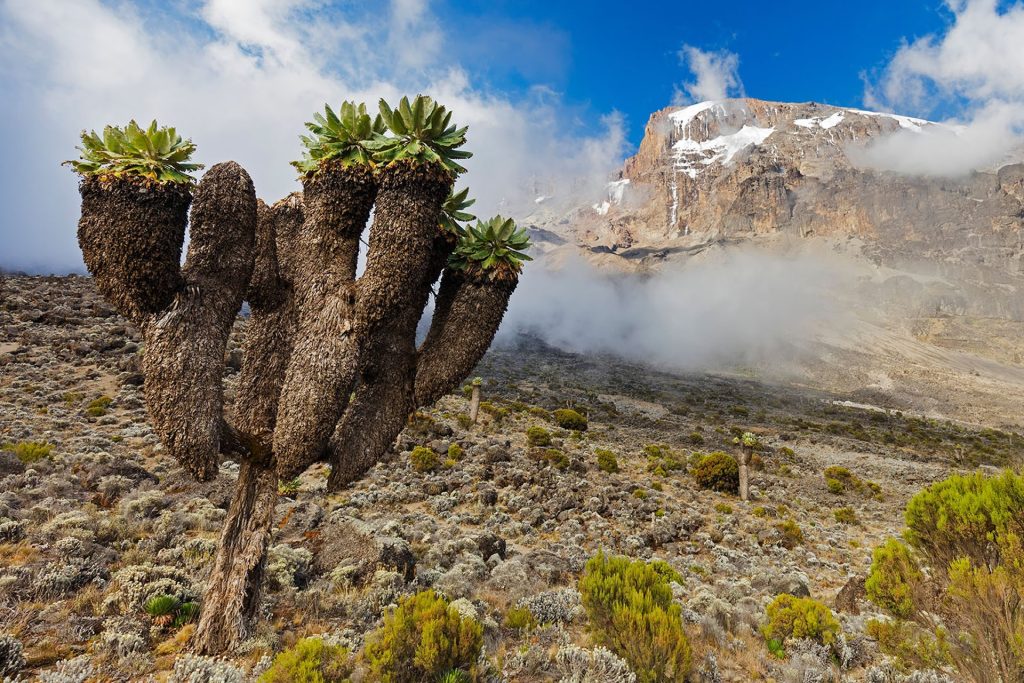
Kilimanjaro Climb
Book Hiking tours to Mount Kilimanjaro, The Roof of Africa, Best Prices Guarantee!
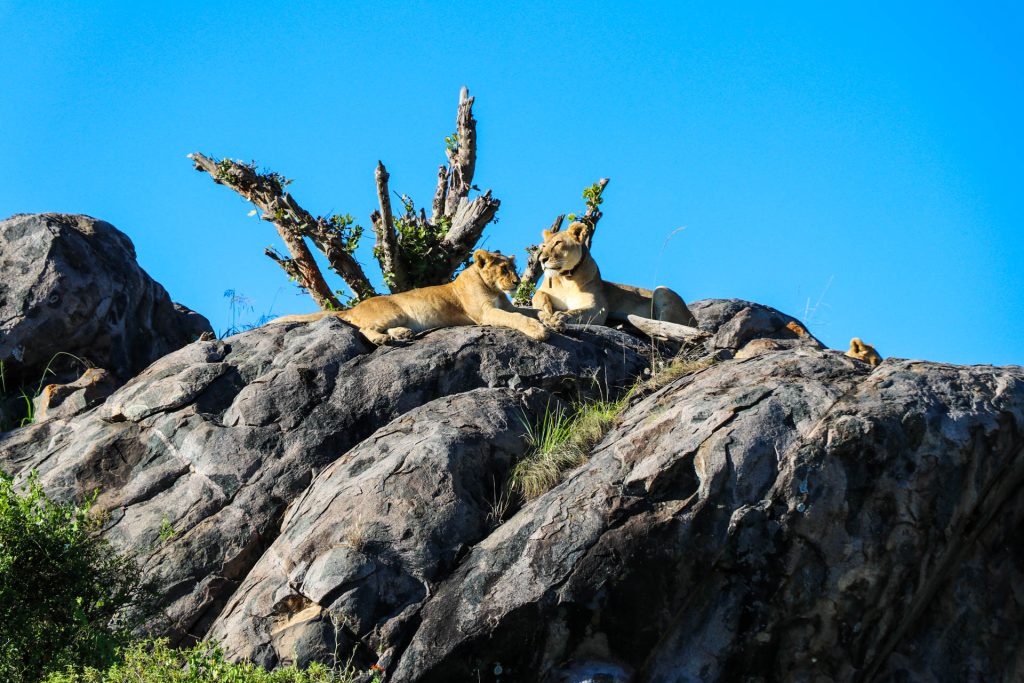
Tanzania Safari Vacations
Explore our Unforgettable Tanzania Budget, Mid-Range & Luxury Wildlife Safari.
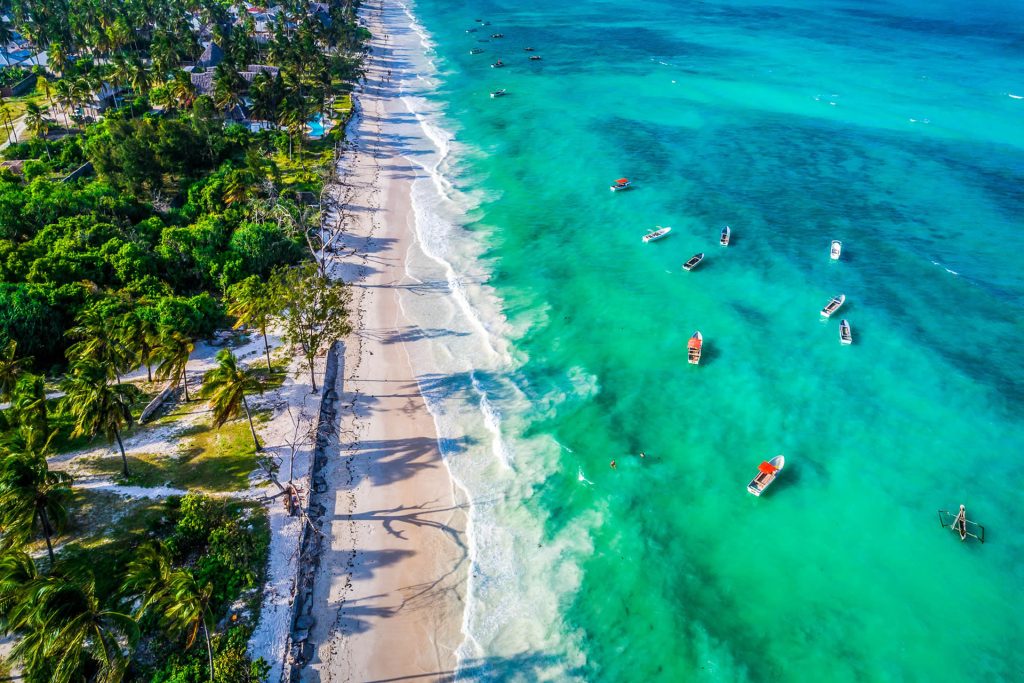
Beach Excursions
Visit Zanzibar Island and Coastal Tanzania for beach tours before and after a climb or safari.
ABOUT BOKER ADVENTURE…
Boker Adventure is a Tanzania Tours company located in Moshi town along the slope of Mount Kilimanjaro committed to offering local experiences such as Mount Kilimanjaro climbing experiences, Tanzania Wildlife Safari Experiences, Tanzania cultural tourism, bike tours, honeymoon, Air Ticketing and beach holidays. At Boker Adventures, we offer you a unique and comprehensive selection of Tanzania Private tours that are tailor made to suit your schedule and budget.
Please give us an opportunity to organize your African dream holiday!.

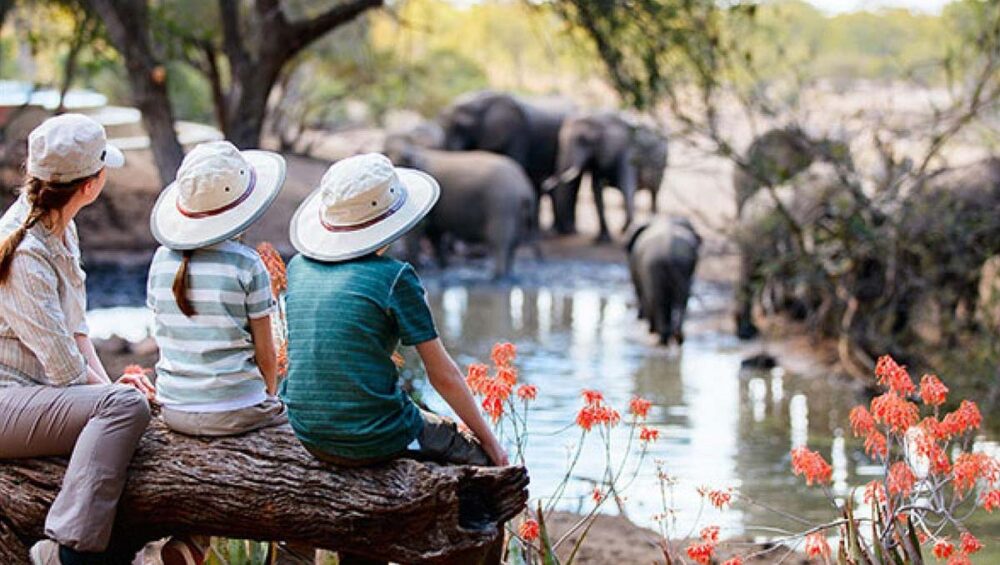
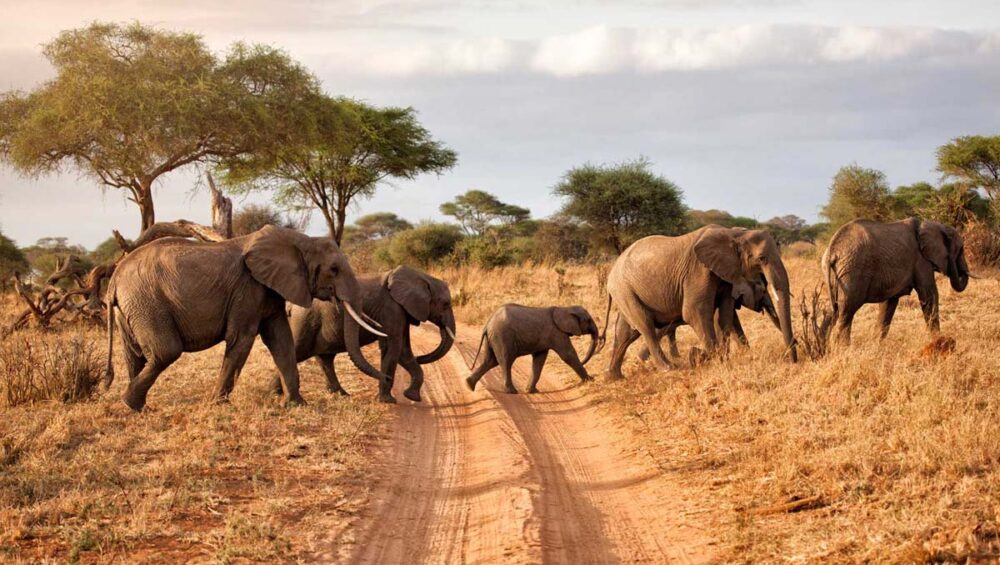
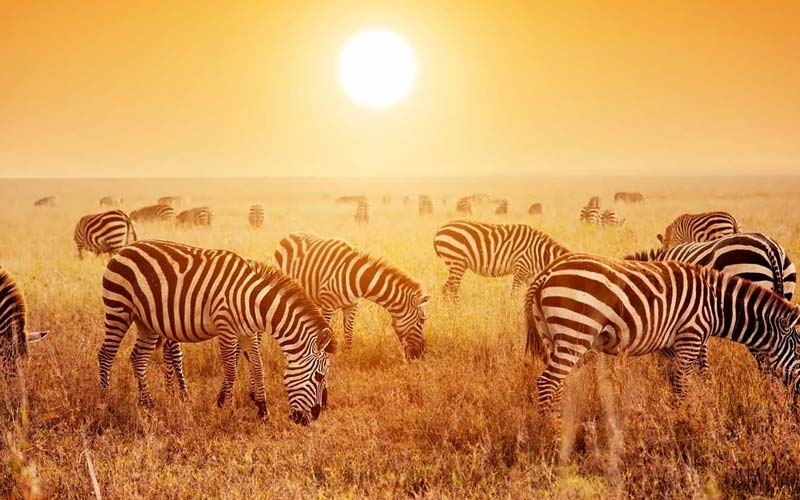 Amidst the tapestry of Africa’s enchanting landscapes and diverse wildlife, Tanzania emerges as a luminous jewel, beckoning adventurers to embark on a safari sojourn unlike any other. It transcends the boundaries of mere vacationing, offering a transformative odyssey that deepens your affinity for nature and unveils the wild’s captivating splendor in an entirely novel light.
Tanzania stands as the very soil where Jane Goodall’s affection for chimpanzees blossomed into a lifelong passion. Her seminal experience at Gombe National Park not only reshaped her existence but also ignited a global movement for conservation and understanding.
It’s within Tanzania’s embrace that the Leakeys made groundbreaking archaeological discoveries at Olduvai Gorge—a site of unparalleled significance in unraveling the mysteries of our ancient past. This cradle of humanity continues to yield treasures that reshape our understanding of evolution and human origins.
For centuries, Tanzania has been a muse to artists and writers, its essence immortalized in the pages of Ernest Hemingway’s renowned work, ‘The Snows of Kilimanjaro.’ Hemingway’s evocative prose captures the essence of Tanzania’s majestic landscapes, from the snow-capped peaks of
Amidst the tapestry of Africa’s enchanting landscapes and diverse wildlife, Tanzania emerges as a luminous jewel, beckoning adventurers to embark on a safari sojourn unlike any other. It transcends the boundaries of mere vacationing, offering a transformative odyssey that deepens your affinity for nature and unveils the wild’s captivating splendor in an entirely novel light.
Tanzania stands as the very soil where Jane Goodall’s affection for chimpanzees blossomed into a lifelong passion. Her seminal experience at Gombe National Park not only reshaped her existence but also ignited a global movement for conservation and understanding.
It’s within Tanzania’s embrace that the Leakeys made groundbreaking archaeological discoveries at Olduvai Gorge—a site of unparalleled significance in unraveling the mysteries of our ancient past. This cradle of humanity continues to yield treasures that reshape our understanding of evolution and human origins.
For centuries, Tanzania has been a muse to artists and writers, its essence immortalized in the pages of Ernest Hemingway’s renowned work, ‘The Snows of Kilimanjaro.’ Hemingway’s evocative prose captures the essence of Tanzania’s majestic landscapes, from the snow-capped peaks of 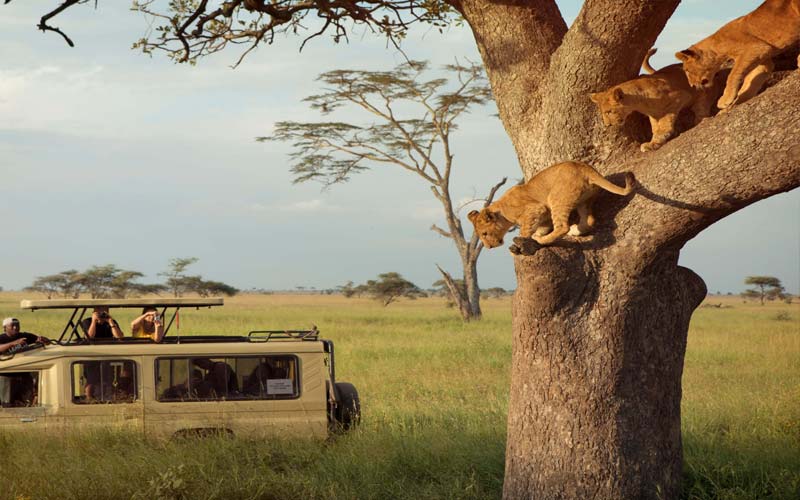 When traveling on safari with young children, it’s crucial to consider their comfort and attention span during the extended periods spent in a safari vehicle. While the excitement of encountering animals, birds, and unique wildlife is palpable, it can also be taxing for younger travelers.
Moreover, it’s important to acknowledge that time operates differently on safari. A morning spent observing a herd of elephants in Tarangire National Park can be exhilarating, with heart-pounding moments as you spot a lion mere meters away or stand in awe of a towering giraffe. Capturing the perfect photograph of a leopard concealed in a tree becomes a thrilling quest, heightening the safari experience.
However, amidst these captivating moments, it’s easy to lose track of time. Before you realize it, it’s lunchtime. Your guide will lead you to a specially designated picnic spot, often overlooking a serene lake or offering a panoramic view of the park. Here, you’ll savor your meal al fresco, providing a refreshing break from the confines of the safari vehicle.
When traveling on safari with young children, it’s crucial to consider their comfort and attention span during the extended periods spent in a safari vehicle. While the excitement of encountering animals, birds, and unique wildlife is palpable, it can also be taxing for younger travelers.
Moreover, it’s important to acknowledge that time operates differently on safari. A morning spent observing a herd of elephants in Tarangire National Park can be exhilarating, with heart-pounding moments as you spot a lion mere meters away or stand in awe of a towering giraffe. Capturing the perfect photograph of a leopard concealed in a tree becomes a thrilling quest, heightening the safari experience.
However, amidst these captivating moments, it’s easy to lose track of time. Before you realize it, it’s lunchtime. Your guide will lead you to a specially designated picnic spot, often overlooking a serene lake or offering a panoramic view of the park. Here, you’ll savor your meal al fresco, providing a refreshing break from the confines of the safari vehicle.
 Exploring Tanzania’s northern parks and attractions reveals why the country is a sought-after destination for wildlife safaris:
The Ngorongoro Crater, a UNESCO World Heritage Site, boasts an unparalleled density of wildlife – the highest per square meter globally. Here, visitors can glimpse the elusive black rhino, adding to the allure of this conservation marvel.
Serengeti National Park, also a UNESCO World Heritage Site, dazzles with its unique ecosystem teeming with ungulates, earning it the title of hosting the most ungulates on earth. This vast expanse is renowned for its abundance of predators, offering unrivaled opportunities to witness the iconic wildebeest migration, whether from the ground or the air via chartered plane or hot air balloon.
Manyara National Park beckons with its famed tree-climbing lions, flocks of pink flamingos adorning its waters, and diverse birdlife. Recently, the park introduced a ‘Tree Top Walk’ amidst the canopy, providing an intimate encounter with its avian inhabitants.
Tarangire National Park, renowned for its thriving elephant population, promises sightings of elephant families, particularly during the dry season when herds of zebras and wildebeests flock to its rivers, drawing predators like lions, cheetahs, and leopards.
Arusha National Park, home to the majestic Mount Meru, offers the opportunity for a walking safari through its grasslands, providing close encounters with giraffes, zebras, and Cape Buffaloes under the guidance of knowledgeable park rangers.
Kilimanjaro National Park boasts Africa’s tallest peak, Mount Kilimanjaro, enticing adventurers with the challenge of scaling its summit.
Discover the magic of Tanzania’s wildlife and natural wonders through exhilarating safaris and awe-inspiring expeditions.
Exploring Tanzania’s northern parks and attractions reveals why the country is a sought-after destination for wildlife safaris:
The Ngorongoro Crater, a UNESCO World Heritage Site, boasts an unparalleled density of wildlife – the highest per square meter globally. Here, visitors can glimpse the elusive black rhino, adding to the allure of this conservation marvel.
Serengeti National Park, also a UNESCO World Heritage Site, dazzles with its unique ecosystem teeming with ungulates, earning it the title of hosting the most ungulates on earth. This vast expanse is renowned for its abundance of predators, offering unrivaled opportunities to witness the iconic wildebeest migration, whether from the ground or the air via chartered plane or hot air balloon.
Manyara National Park beckons with its famed tree-climbing lions, flocks of pink flamingos adorning its waters, and diverse birdlife. Recently, the park introduced a ‘Tree Top Walk’ amidst the canopy, providing an intimate encounter with its avian inhabitants.
Tarangire National Park, renowned for its thriving elephant population, promises sightings of elephant families, particularly during the dry season when herds of zebras and wildebeests flock to its rivers, drawing predators like lions, cheetahs, and leopards.
Arusha National Park, home to the majestic Mount Meru, offers the opportunity for a walking safari through its grasslands, providing close encounters with giraffes, zebras, and Cape Buffaloes under the guidance of knowledgeable park rangers.
Kilimanjaro National Park boasts Africa’s tallest peak, Mount Kilimanjaro, enticing adventurers with the challenge of scaling its summit.
Discover the magic of Tanzania’s wildlife and natural wonders through exhilarating safaris and awe-inspiring expeditions.
 Tanzania’s allure to prestigious wildlife documentary teams such as National Geographic and Animal Planet lies in its reputation as a haven for unparalleled wildlife encounters and stunning natural spectacles. With its vast expanses of pristine wilderness and diverse ecosystems, Tanzania offers filmmakers an almost assured opportunity to observe animals in their natural habitat and capture exceptional footage.
From the legendary
Tanzania’s allure to prestigious wildlife documentary teams such as National Geographic and Animal Planet lies in its reputation as a haven for unparalleled wildlife encounters and stunning natural spectacles. With its vast expanses of pristine wilderness and diverse ecosystems, Tanzania offers filmmakers an almost assured opportunity to observe animals in their natural habitat and capture exceptional footage.
From the legendary 